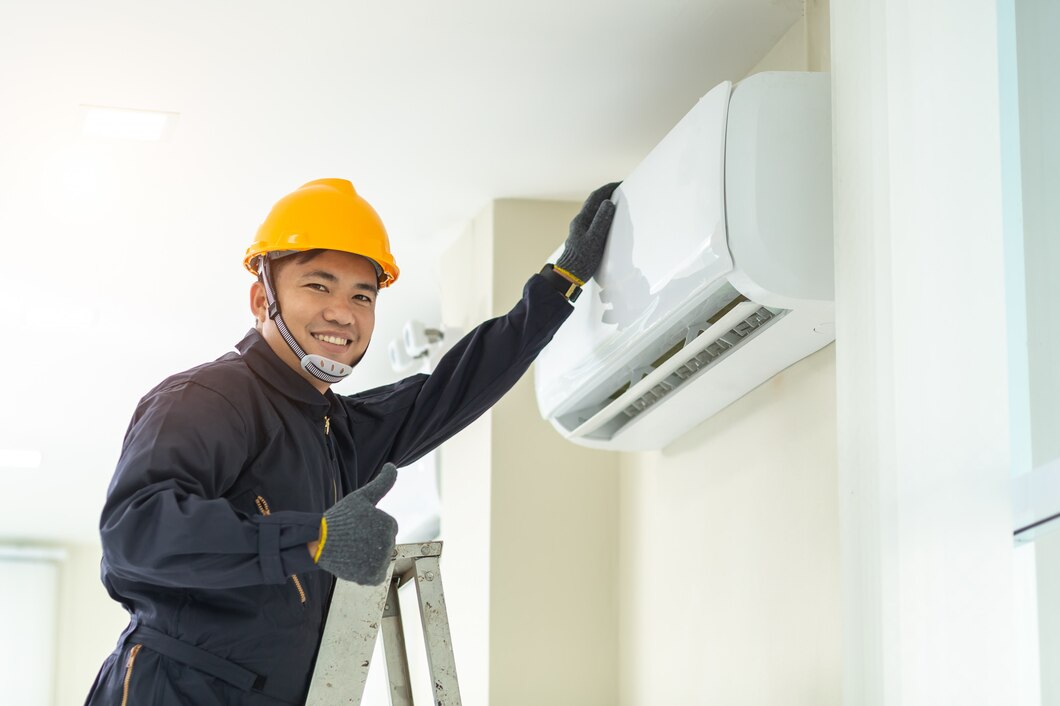Backflow prevention systems are essential for maintaining the safety and quality of your water supply. These systems prevent contaminants from entering the clean water lines, which could lead to serious health risks. Understanding the importance of backflow prevention can help you safeguard your home and community.
Understanding Backflow and Its Risks
What is Backflow?
Backflow is the unwanted reversal of the flow of water, causing contaminated water to enter the clean water supply. This can happen when there’s a change in pressure in the water system, such as during pipe bursts or heavy water demand events. When backflow occurs, it poses serious risks to the safety and quality of the drinking water. Backflow can bring unwanted substances into the water that you use in your home for drinking, cooking, and bathing.
Potential Contaminants
The contaminants brought into the water supply due to backflow can vary widely. These might include:
– Chemicals: Industrial chemicals, pesticides, and cleaning agents can contaminate the water.
– Biological Contaminants: Bacteria, viruses, and parasites can lead to waterborne diseases.
– Debris and Waste: Dirt, debris, and sewage waste can also enter the water supply, making it unsafe for use.
Understanding these risks highlights the importance of implementing effective backflow prevention systems in your home. Without proper prevention, the consequences can be severe, leading to health hazards and possible damage to your plumbing infrastructure.
How Backflow Prevention Systems Work
Types of Backflow Prevention Devices
Backflow prevention systems use various devices to stop contaminated water from mixing with the clean water supply. Some common types of backflow prevention devices include:
– Air Gaps: These are simple yet effective. An air gap creates a physical separation between the water supply and any possible source of contamination.
– Check Valves: These are mechanical devices that allow water to flow in only one direction, preventing reverse flow.
– Double Check Valves: More advanced, these consist of two check valves that provide an extra layer of protection.
– Reduced Pressure Zone (RPZ) Devices: These are highly effective and often required in high-risk areas. They monitor and control pressure to prevent backflow.
Installation and Maintenance
Proper installation and regular maintenance of backflow prevention devices are crucial for their effectiveness. Our professionals are skilled in installing these systems in accordance with local regulations and standards. Ensuring that devices are correctly installed can prevent future issues and maintain the safety of your water supply.
Maintenance involves regular inspections and testing to ensure that all parts of the backflow prevention system are working correctly. This can include cleaning and replacing worn or damaged components. Regular servicing by our technicians ensures that your backflow prevention system continues to provide reliable protection.
By understanding how these systems work and the importance of maintaining them, you can be proactive in safeguarding your home’s water quality. Backflow prevention is a key element in protecting public health and ensuring that the water you use daily remains clean and safe.
Benefits of Backflow Prevention Systems
Protecting Public Health
Backflow prevention systems play a crucial role in protecting public health. When backflow is prevented, contaminants such as bacteria, chemicals, and waste cannot enter the clean water supply. This means that the water you use for drinking, cooking, and bathing remains safe. By keeping these contaminants out, backflow prevention reduces the risk of waterborne diseases and health issues.
These systems ensure that water quality standards are maintained, benefiting everyone in your community. A reliable backflow prevention system helps prevent public health crises and promotes overall well-being.
Reducing Liability and Costs
Implementing backflow prevention systems also reduces liability and costs. If backflow occurs and leads to contamination, property owners could face significant expenses for repairs, legal fees, and possible fines. By installing a backflow prevention system, you minimize the risk of such events and the associated costs.
Regular maintenance of these systems helps catch potential issues early, preventing costly repairs down the road. Investing in backflow prevention is a proactive measure that safeguards your property and finances.
Choosing and Maintaining the Right System
Factors to Consider
When choosing a backflow prevention system, several factors should be considered:
– Type of Property: Different properties have unique needs. Residential, commercial, and industrial properties may require specific types of backflow prevention devices.
– Local Regulations: Ensure the system complies with local codes and regulations. Our professionals are knowledgeable about these requirements and can recommend compliant systems.
– Level of Risk: Assess the risk level of contamination. High-risk areas may need more advanced devices, such as Reduced Pressure Zone (RPZ) devices.
– System Compatibility: The system must be compatible with your existing plumbing. Consider consulting our professionals to ensure the right fit.
Role of Our Professionals
Our professionals play a vital role in the selection and maintenance of backflow prevention systems. They provide expert advice on the most suitable devices for your property and ensure they are installed correctly. Proper installation is key to the effectiveness of the system.
Regular maintenance by our technicians guarantees that the backflow prevention system continues to function efficiently. They perform necessary inspections, tests, and repairs, ensuring the system’s reliability. Relying on our experienced team helps you maintain a safe and effective backflow prevention system.
Conclusion
Backflow prevention systems are essential for protecting your water supply from contamination. They safeguard public health by ensuring that the water remains free of harmful substances. By reducing the risk of backflow, these systems also help lower liability and financial costs for property owners.
Choosing the right backflow prevention system involves several considerations, including property type, local regulations, and risk level. Our professionals at Power Pro Plumbing Heating & Air can guide you through the selection process and ensure proper installation and maintenance.
Investing in a reliable backflow prevention service in Irvine, CA is a critical step in maintaining a safe and healthy environment for you and your community. For expert advice and service, contact us. Our team is ready to help you with all your backflow prevention needs.











